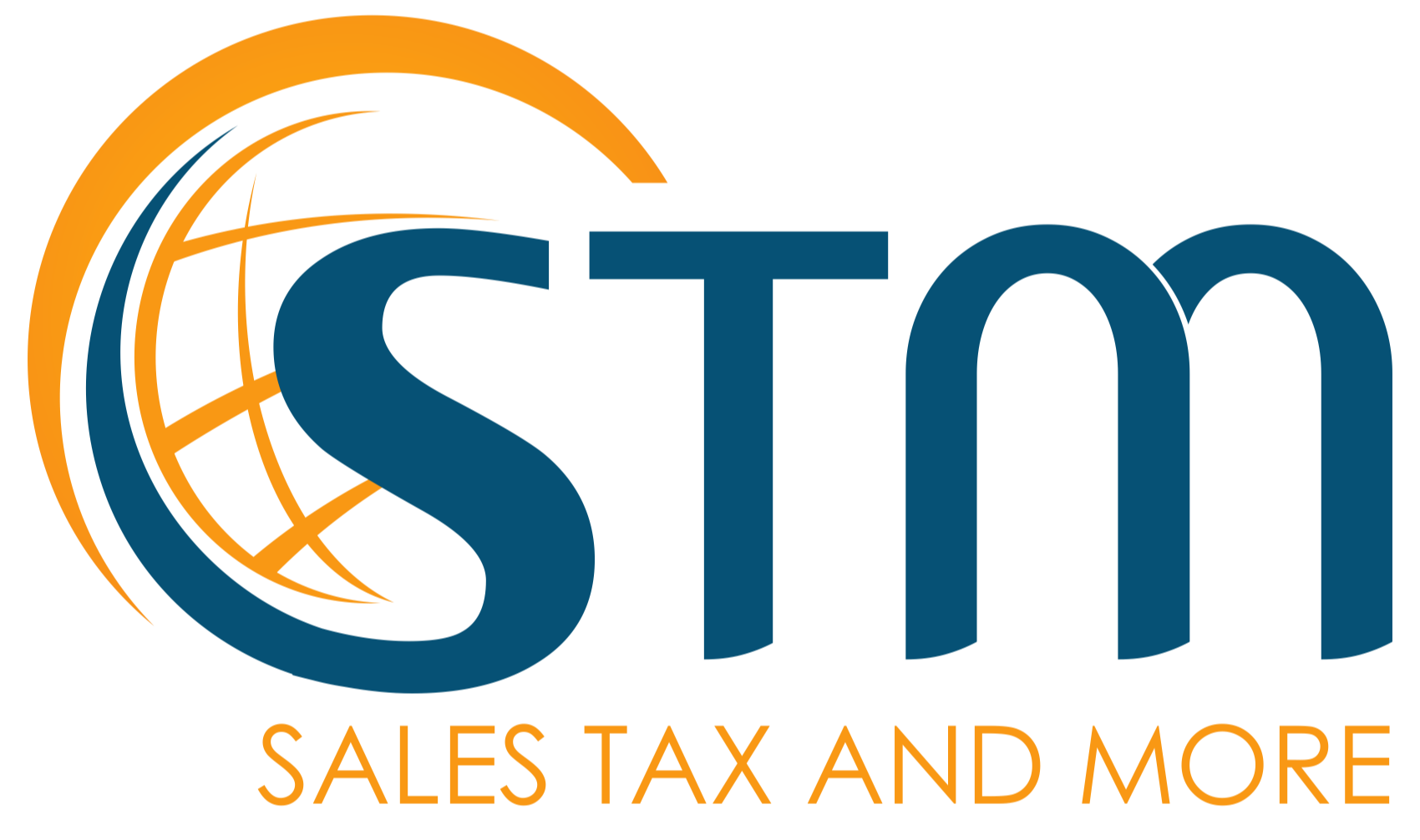The Sales Tax Road for Contractors is Full of Potholes
The taxability of the sale and installation of signs is one of the toughest industries to get correct. The rules for contractors, in general, are complicated, especially when installing tangible personal property (TPP) into real property. Signage is even more confusing because, in some states like Virginia, the sale and installation of signage is treated differently than other installations of TPP. New Jersey has just given us another example. In a new statute effective 10/1/2022, the sale and installation of signs are being removed from the definition of a capital improvement. Projects that result in a capital improvement are generally not taxable to the property owner in New Jersey. Currently, the installation of some signs are tax exempt as a capital improvement. That is changing after 10/1/2022. After that date, the sale and installation of all signs become taxable.
In a way, this simplifies taxability in New Jersey; once you get past the confusion that the change brings, everything is taxable. However, in other states, taxability can depend on the type of sign, how it is attached to the real property, whether the signage is for a tenant or building owner, and in some states, even the order in which a sign is put together. For example, in California, if a sign is assembled on site before being attached to the real property, the labor is considered fabrication labor and is taxable. However, if the first piece of a sign is incorporated into the real property, and additional pieces are added to it, the labor is not taxable. California is not the only state that taxes fabrication labor.
The complexity of determining taxability for contractors, especially those installing TPP into real property, can become an issue for those contractors utilizing a software company for tax calculation. In general, software companies are not granular enough to determine all the factors that impact taxability, and/or the contractors can not or do not track all the required information across each of the states they are working in to get the taxability correct. In general, a custom process needs to be utilized, which may or may not include taxability software, to get the taxability correct. If you have questions about whether you or your clients are calculating the tax correctly, especially as you or your client are entering new states, we have services that can help. You can contact us here.
Resources
By: Michael J. Fleming, CMI
This blog is intended for educational purposes and not as tax advice. Tax policies and procedures change frequently, so specific information, such as thresholds, rates, etc. included in this blog may have changed since it was originally published. Please request a consultation for more in-depth information.
